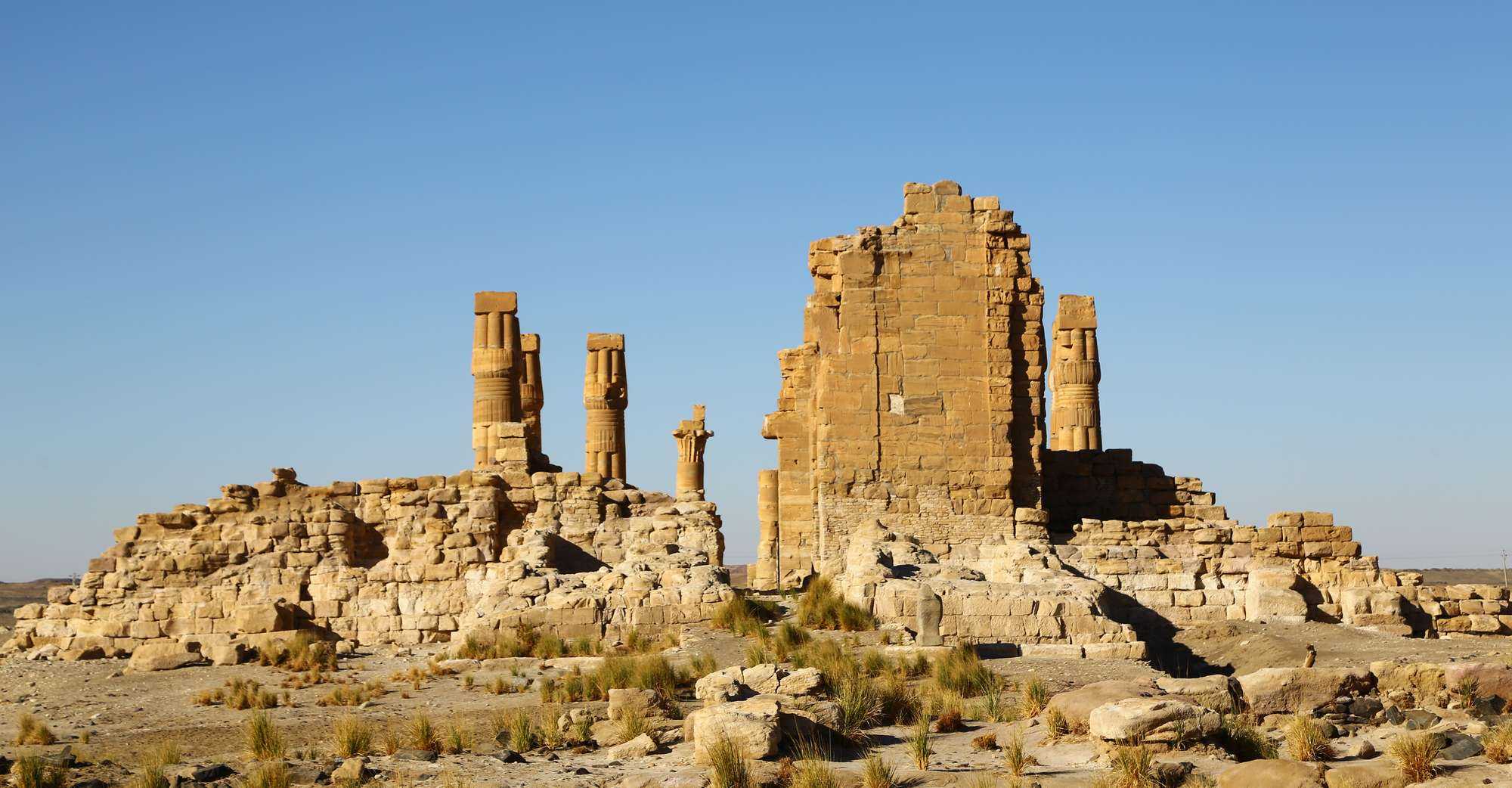BY DAVE RANKIN
In our last edition, we spent some time outlining the life and times of the ninth nesew/king or pharaoh of the 18th dynasty, Amenhotep the 3rd.
He came to the throne at the early age of twelve, and married two years later. He engaged the battlefield in his only military campaign during his fifth year of reign, and had numerous marriages to western Asian royalty to cement foreign alliances. Amenhotep the 3rd’s reign was one that historians generally regard as a peaceful one.
We left off describing that the growing presence of the Hittites was beginning to throw a “cog in the wheel” of normal diplomacy through military campaigns of their own. There was an assassination of Artashumara in the Mitannian capital by a pro-Hittite group, which led to further disruption. The son of Artashumara later avenged the assassination. This led to the offering of the hand of his daughter Tadu-Kheba in marriage, again to cement an alliance between the nations.
The alliance did not stop the Hittites from growing into the power they craved. They did attack again and were successful in capturing areas in Syria, and as far as Lebanon. We will explore these events during the transition of power during the ascension of Amenhotep the 4th, better known to the world as Akhenaten.
Amenhotep 3rd was a great builder. He sprinkled Nubia with monuments including temples dedicated to: Tuthmosis the 3rd at Elephantine, Amun at Wadi es-Sebua, and Heru at Aniba.
In the ancient city of Soleb also located in Nubia or present day Sudan Amenhotep the 3rd erected a temple, “To the cult of himself and his wife (Tiye) in association with the deity Amun.” In lower Kemet, which is classified as the northernmost region of Egypt near the Delta, he continued building at: Athribis, Bubastus, and Heliopolis, biblically known as the city of On.
He also commissioned the construction of papyrus columns standing approximately 52 feet at the Luxor Temple. He went on to have 600 statues of the goddess Sekhmet built. Some of these statues now reside at the Luxor Museum, British Museum and the Louvre.
We can’t discuss the reign of Amenhotep the 3rd without mentioning a man also named Amenhotep, sometimes known as Huy from the Lower Kemetian city of Athribis. He was known for his, “Exceptional knowledge of divine words,” and was first appointed to an “Under-Superintendnecy of royal scribes.” He was later promoted to “Chief Royal Scribe of Recruits.”
The nesew was so impressed by this man, that he promoted Huy a third time. This was the promotion to “Chief Architect.” Huy (Amenhotep) tells us in his own words:
“My lord honored me a third time… he appointed me overseer of all works, and I perpetuated the name of the king forever.”
While I can’t say for certain which monuments were attributed to Huy as overseer, in the book When Egypt Ruled the West, the authors tell us ”He (Huy) was reckoned as one of the sages of Egypt… because of his wisdom and alleged ability to foresee coming events, he was held to be of divine nature.”
Thus the memory of Huy or Amenhotep survived many centuries like that of the great Imhotep many dynasty’s before.
During the last decade of Amenhotep the 3rd’s life, his health began to deteriorate. There is a carving of the nesew located in the British Museum that depicts him as a ”Weary old man, seated with drooping head… his corpulent body collapsed to a certain flabby lethargy.”
While all attempts to rejuvenate his health were taken, including a statue of the goddess Ishtar sent by his Mitannian father-in-law King Tushratta, nothing could change his fate. Amenhotep 3rd passed around the age of fifty somewhere between 1353-1351 BCE. His tomb (KV 22) located in the Valley of Kings was decorated with a version of the Book of What is in the Underworld. Having served about 38 years of reign, he could finally be at rest.

